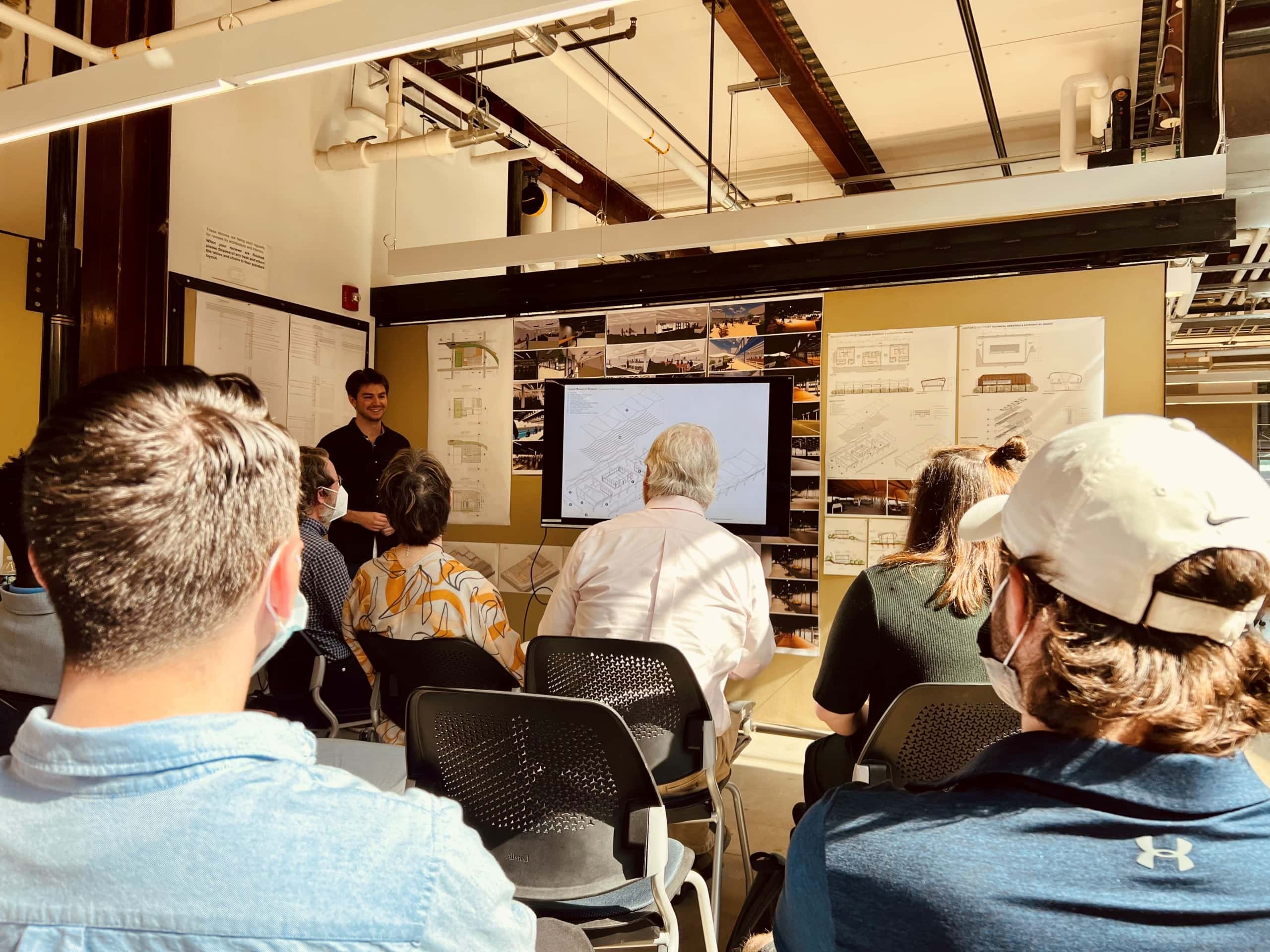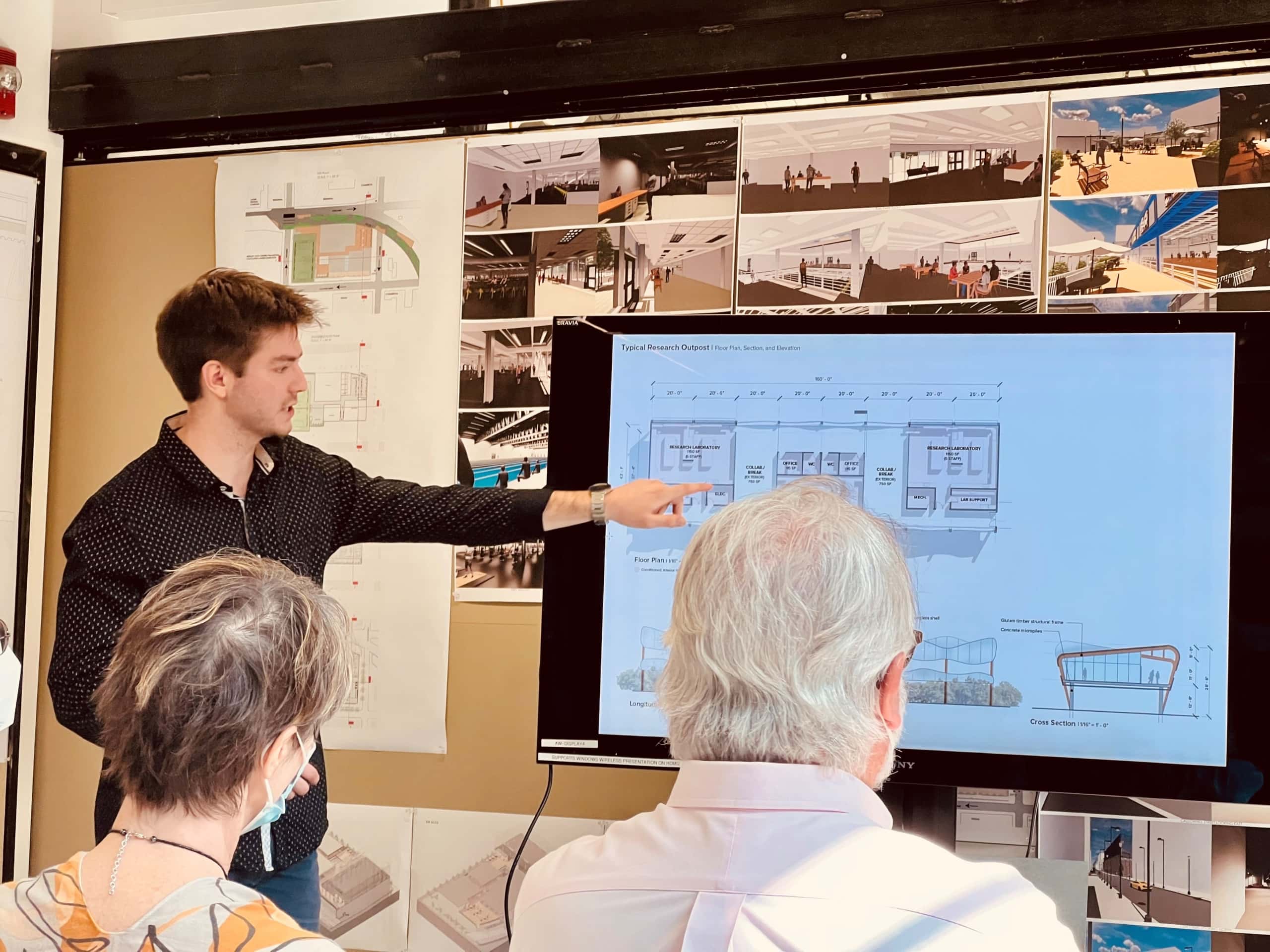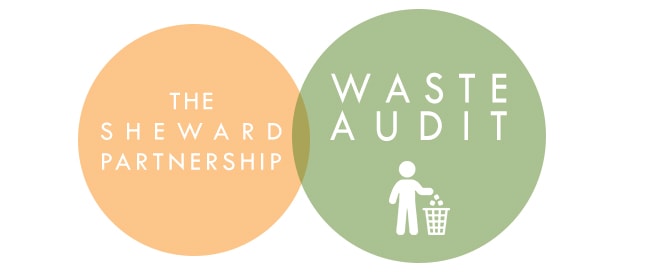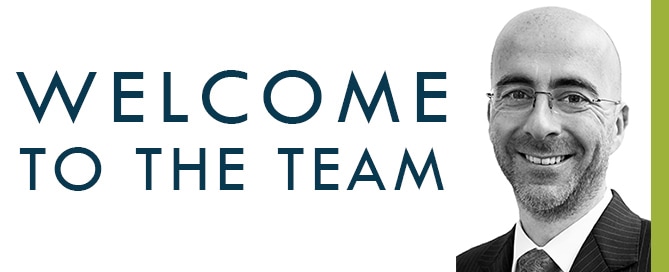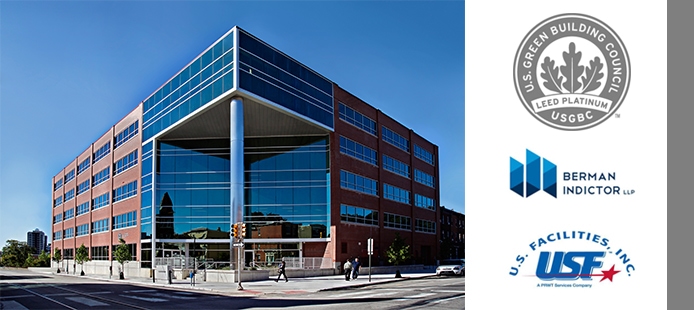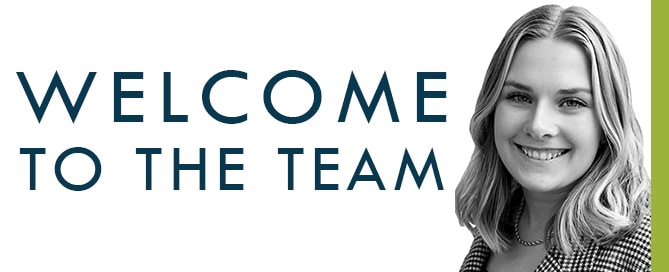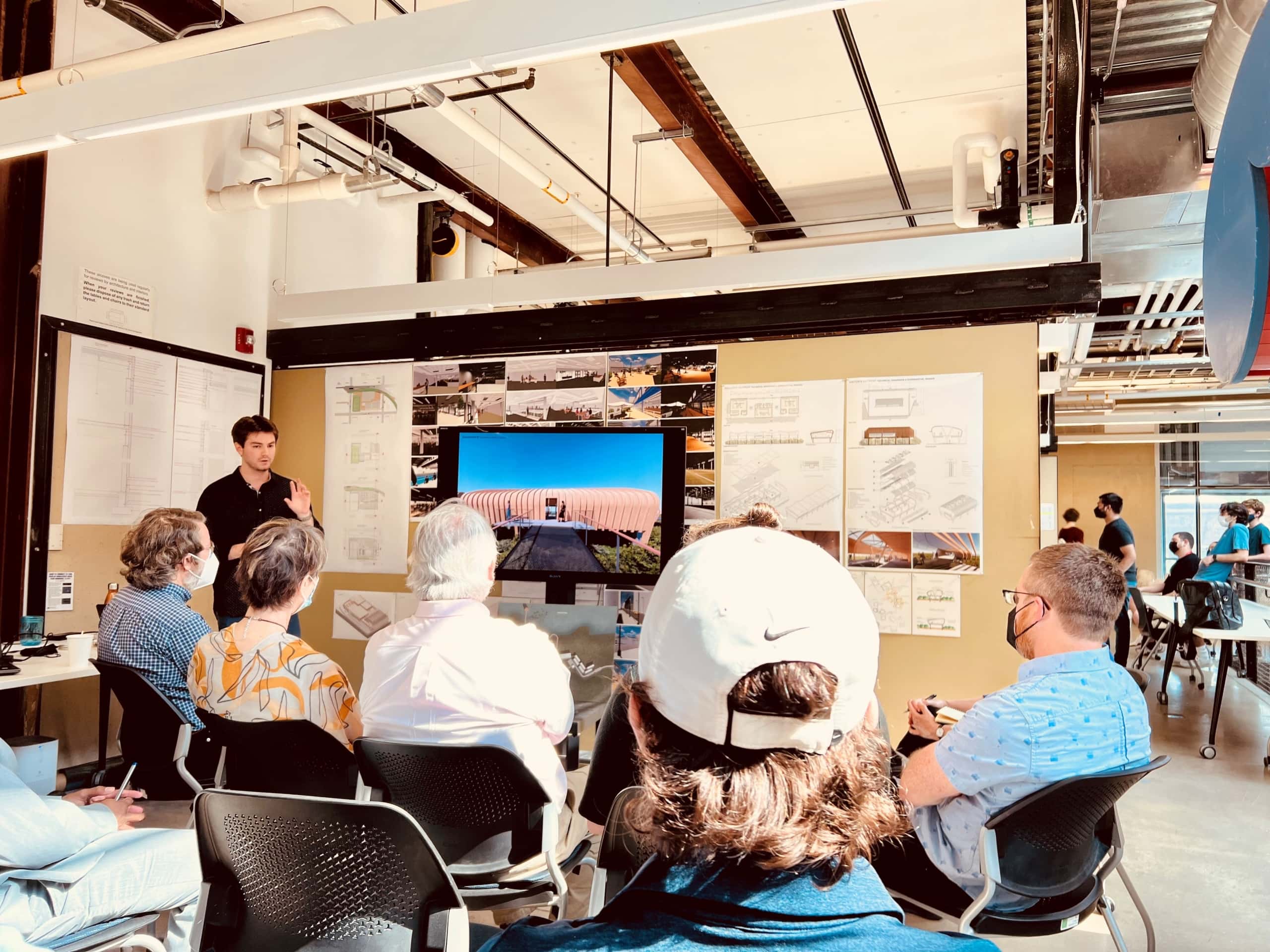
On Saturday May 21st, I presented my final senior project presentation to a jury of Architects and staff as part of my final year of undergraduate studies at Drexel University. Senior project, formerly known as thesis, is a year-long project where the student has full freedom to work on any project that is of interest to him or her – everyone develops the program, selects the site, determines the scale and size and all the components that go into it. Senior project is the chance for architecture students to research, design, and develop a project that is meaningful to them and ultimately use architecture to solve an issue or problem, from uniting a community to educating others about climate change. Proposals are sent to the department the summer before and once approved, research and concept design begin.
For my senior project, I was interested in something of extreme personal interest: our marine ecosystems and the decay and neglect that they’re facing because of climate change. The marine ecosystems that were of interest are our coral reefs and mangrove forests, especially those located in the Florida Keys. Growing up in Florida and spending my summers in the Florida Keys, I developed a deep appreciation and connection to the marine landscape and have witnessed firsthand the severe coral bleaching and mangrove loss.
My project is a marine research and ecotourism center in the Florida Keys, adjacent to the Florida Barrier Reef. The project’s purpose is to determine solutions to rehabilitate and restore the decaying ecosystems, edify and explain the problems and solutions and carry out efforts to restore the coral reefs and mangroves in the area. As climate change is beginning to detrimentally affect the Florida Keys and much of South Florida –hurricanes, storm surges, and sea level rise were a just a handful of the environmental considerations taken into account when designing and building in this part of the world.
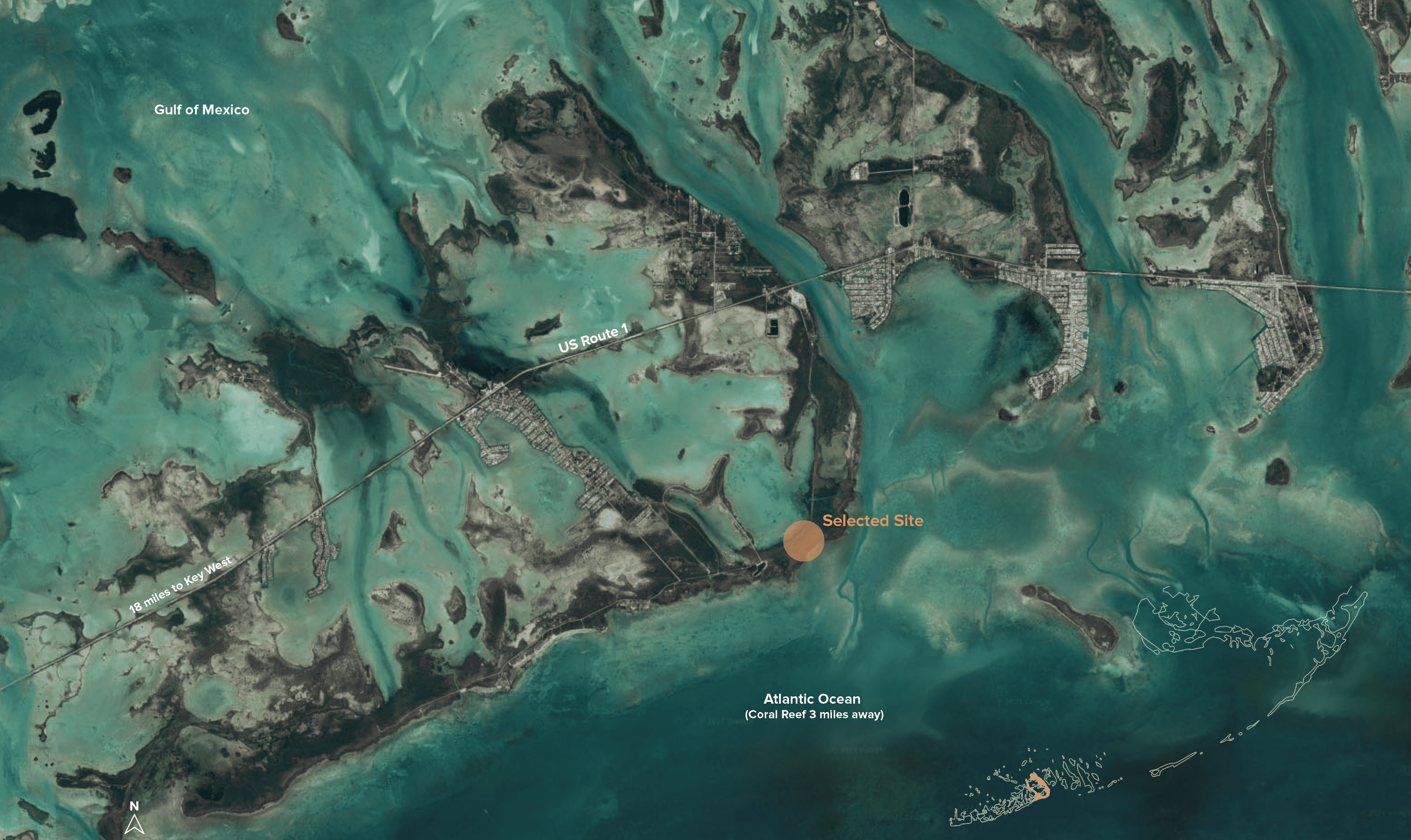
The project spanned over three quarters and each quarter was attuned to a different part of the project. Fall term (September – December) was based heavily on establishing the project statement and goals, defining the program and users, selecting the site, and researching the topic in-depth to formulate a solution to the problems. Winter Term (January – March) was the technical design review, focused on finalizing the program and scale of those elements, developing a structural and HVAC system, understanding the sustainable strategies for the site as well as the site resiliency strategies. It also included developing the preliminary form and expression of the buildings. Spring Term (March– May) was the final term and included refinement of program (and arrangement on site), finalizing the form and expression, understanding the materials, and creating the experience of moving through the project.
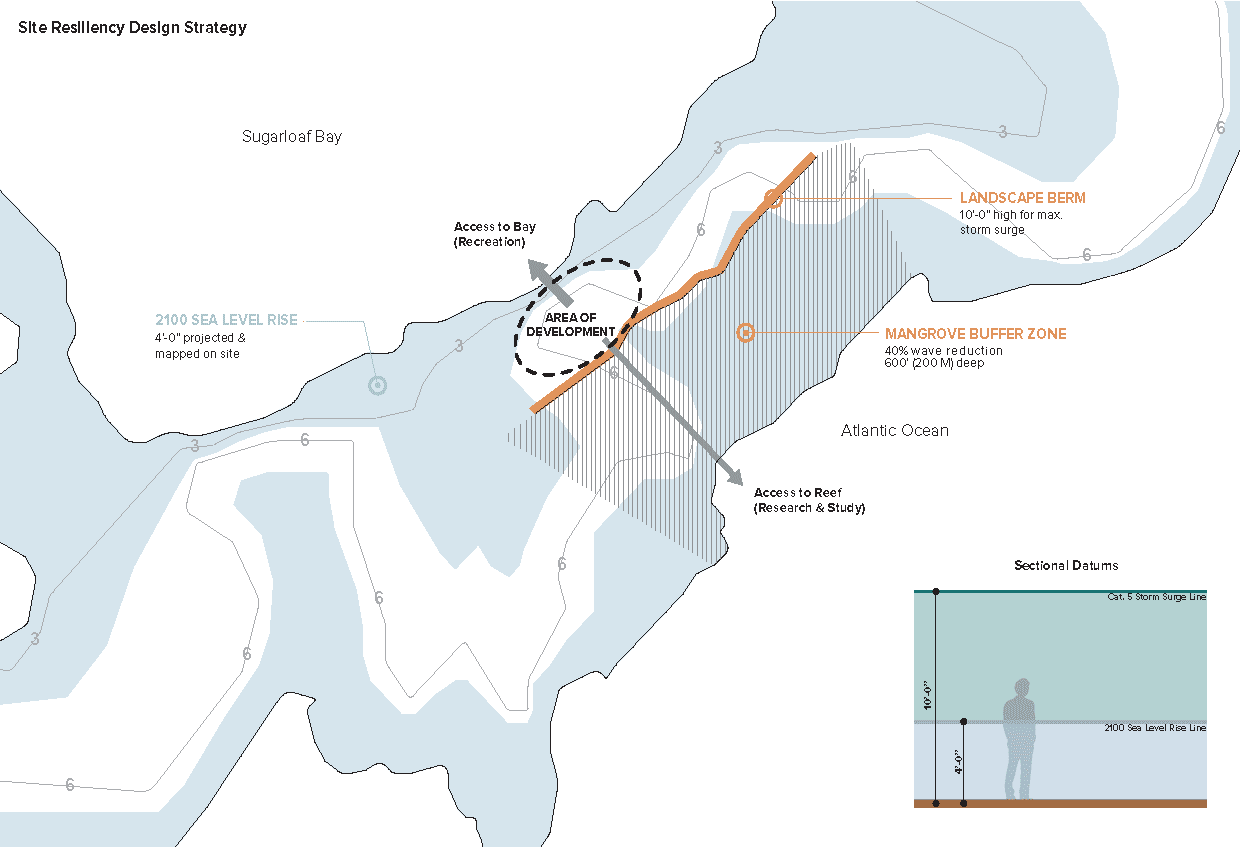
The goals of the project were simple: create a place where marine researchers can work to restore the existing precious marine ecosystem and continue to carry out research & restoration even after the site is cut-off from the rest of the world from sea level rise and storm surges. The other major goal was to make these research findings and solutions as transparent with the world as possible – inviting non-researchers (visitors and tourists to the Keys) to come to the site, appreciate its fleeting natural beauty and fragility, and educate them on their importance and current state in an effort to make a change. The site is an architectural portal meant to respectfully reconnect humans back with our natural environment and build a deeper connection to it. The proposal is the beacon of hope to restore the mangrove forests and coral reef ecosystems that do so much to bolster marine biodiversity and protect our coastlines and human populations.
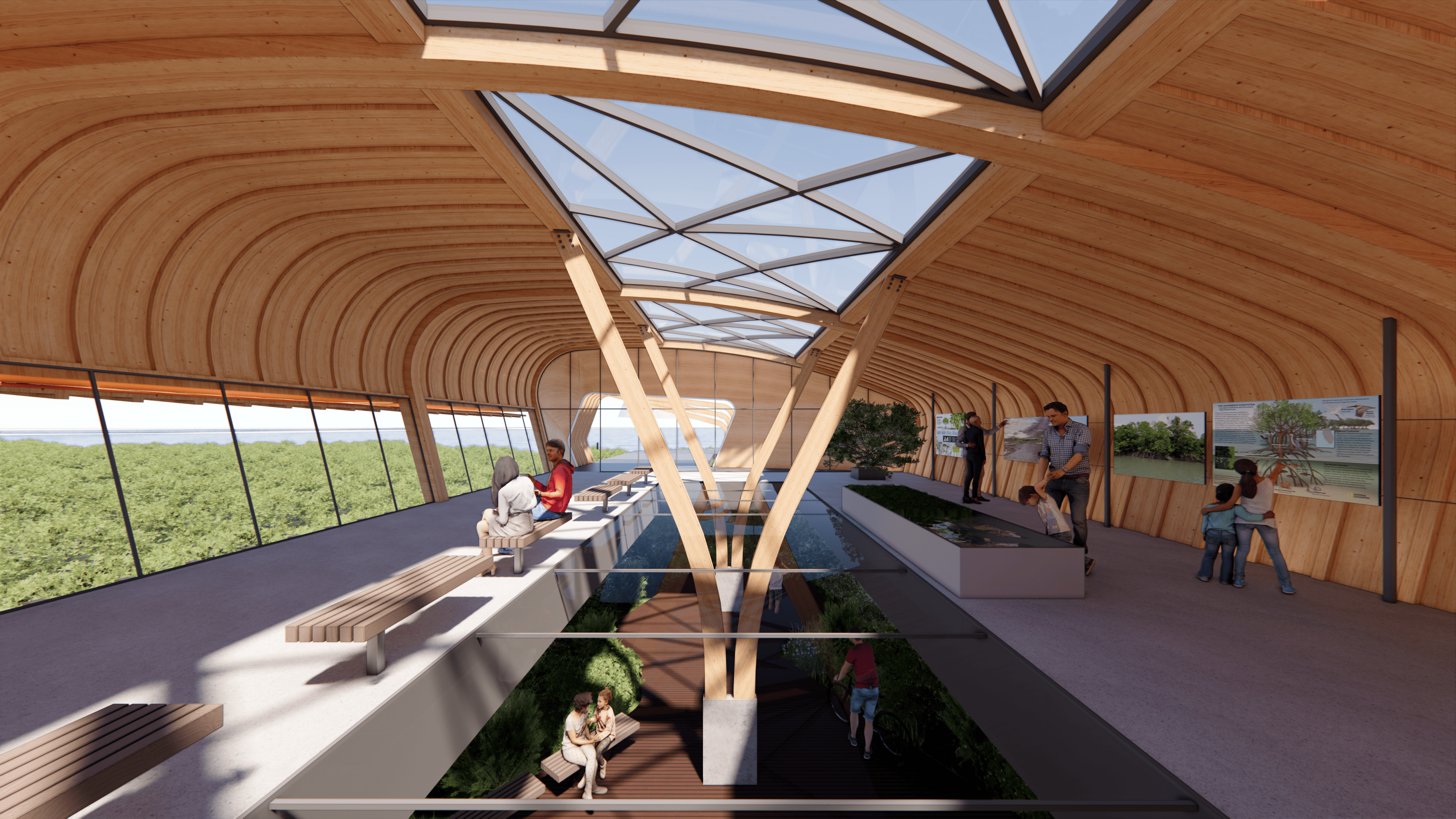
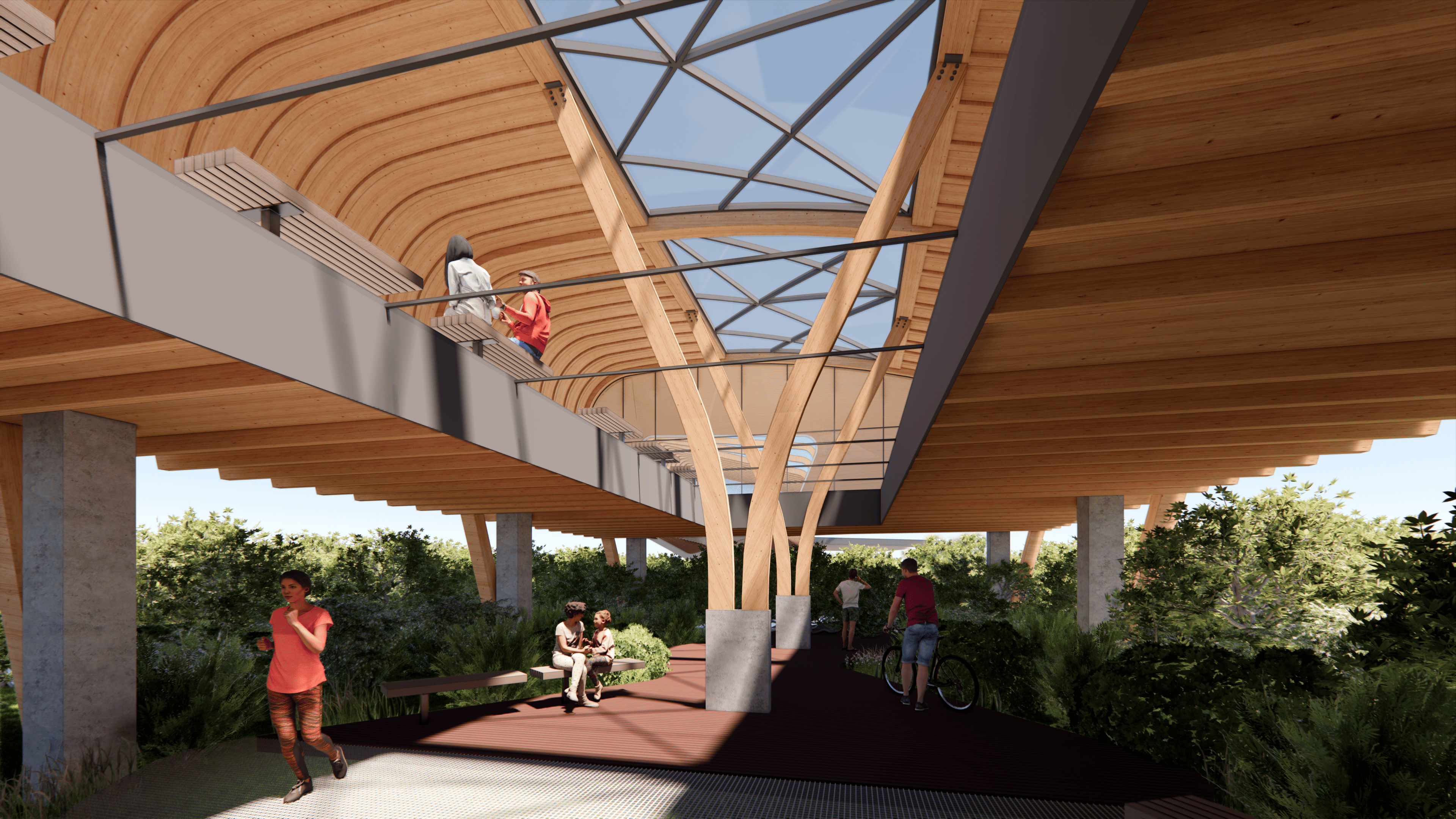
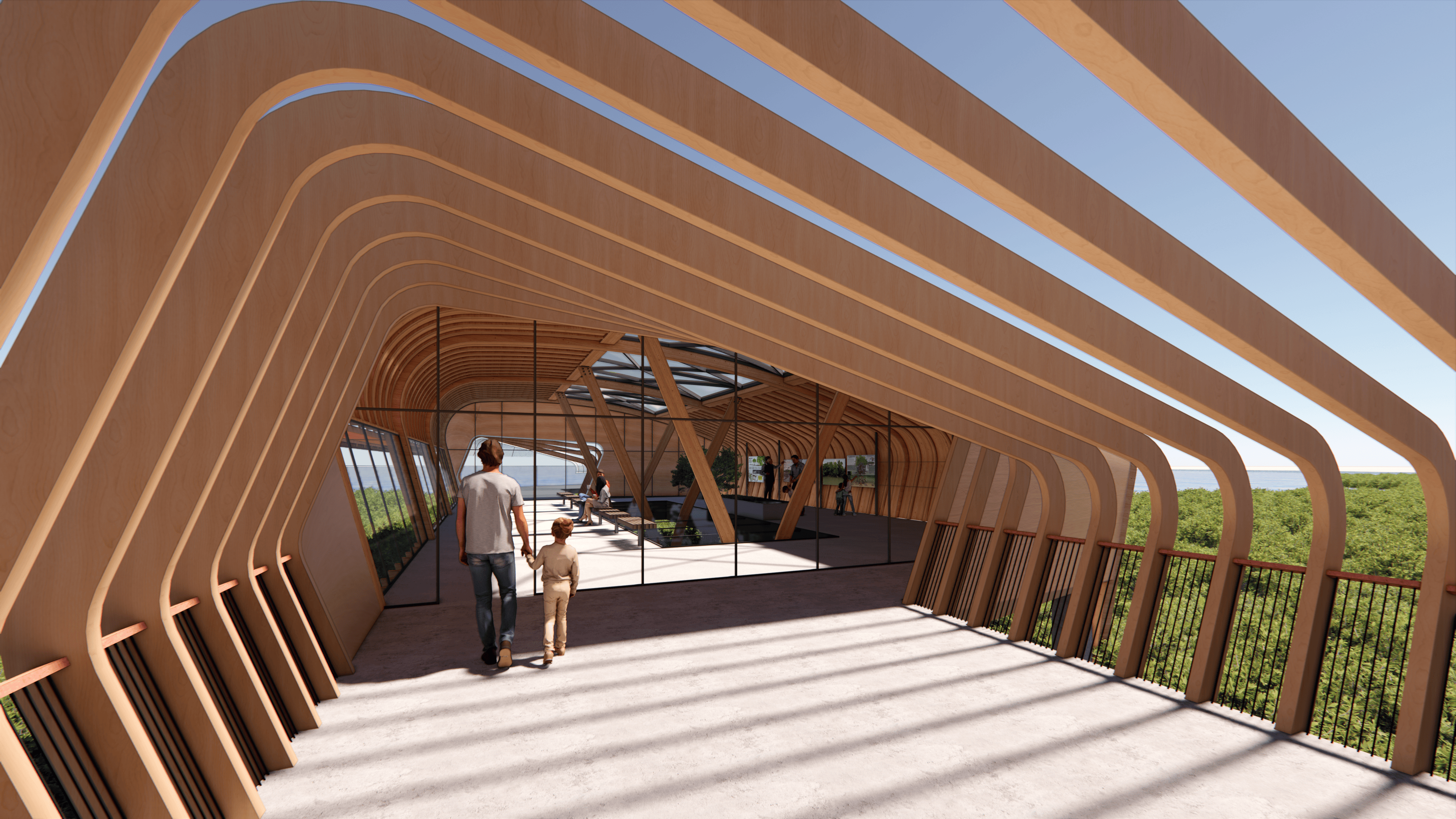
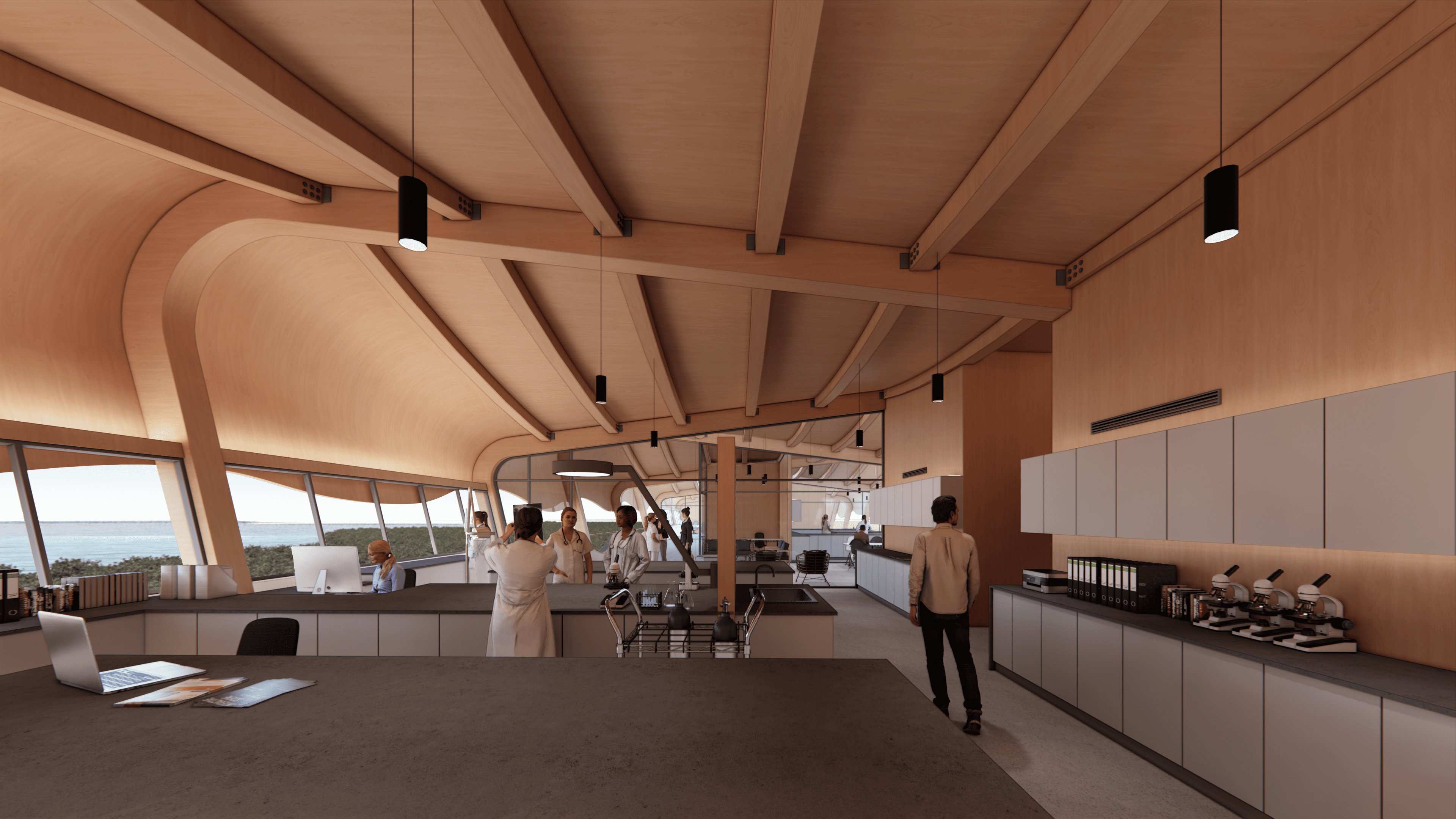
I am super grateful to have been given the opportunity to further research and educate myself on the issues surrounding the marine ecosystems in the place I call home. I thoroughly enjoyed developing the project, understanding how to build in coastal areas prone to flooding and sea level rise, and creating an experience to get people excited about marine restoration and rehabilitation.
